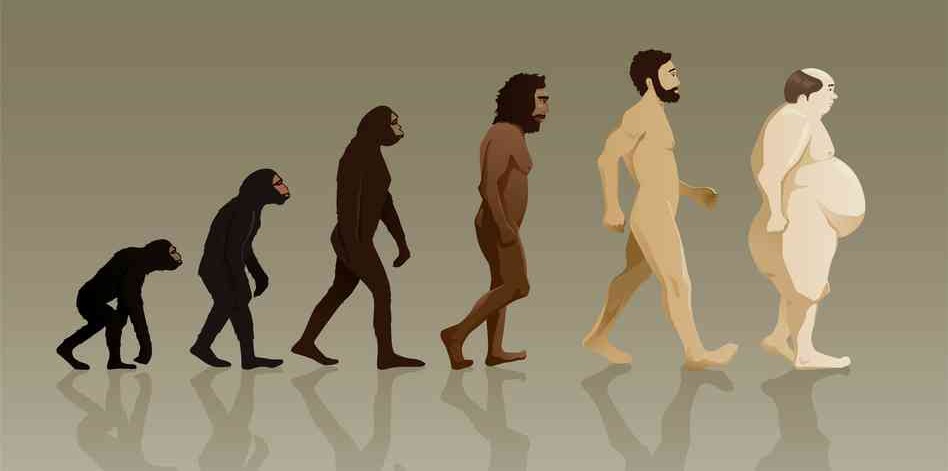In the study of evolutionary linguistics, we first must consider the changes the human species had undergone in order to be at the state of of developing language. It can be seen that as humans had developed from walking on all fours to bipedalism, evolutionary changes to the human body structure had shifted the way of life for homosapiens to be able to move around faster and to be able to hunt for food for longer distances. As the need for food forced humans to evolve for survival, the the biological changes impacted by different diets had also shifted the brain’s capabilities at the same time to be able to think faster in critical situations. As the brain of humans began to increase with the higher intake of calories, the human brain’s chemical balances changed. These changes resulted in longer time of childhood, codependency, and introduced creativity to become a part of the human growth experience. Through this new environment, language was created in order to communicate and survive efficiently as a group. Therefore, the evolution of language began with biological changes that forced humans to become more social, which then led to the development of culture. In this wiki chapter, we will observe in depth how biological evolution connected the gap between shift in mental capabilities to development of language. Furthermore, as the need for language developed, we will observe the evolutionary advantages in having language and how culture molded basic components needed for language.
Development of Language Evolution through biology and culture
As humans biologically evolved, they had also become social creatures that had become more technologically advanced for survival. When the early primates had only been eating plants, it did not provide enough proteins or calories needed for their brain to develop. It is seen through the course of evolution that as primates had learned to start fire and cooking, their brain development had rapidly increased. The use of a fire had also opened doors to a community setting for people to begin taking care of one another. Now before fire was even used, there is evidence that shows primates had begun making stone tools for finding food or breaking nuts. As biological changes to the brain occurred, there is progress shown in the effectiveness of stone tools that were made. This evidence suggests early humans had a mode of communicating their knowledge to one another. During the same time, the length of childhood had grown to take a longer period of time than it was before. This evidence reinforces the theory of humans moving towards a more collective society that can take care of their young for a longer period of time. This shift from being an individual that has to survive on its own to having a community that feeds and cares for each other introduces the need for language of some kind between the humans. Now as the tools of the early primates had been making progress, there must be a form of collective earning for these progressions to occur. The transfer of new information to the next generation without that knowledge being lost in the third generation made the biggest difference in becoming more advanced. Furthermore, they must build on the old knowledge they have learned and pass that on to the next generation. This can be seen in the evolutionary progression of Neanderthals, who had moved into a colder climate and had begun making sharper tools to hunt for food and had begun scraping skin in order to clothe themselves from the weather. Therefore, the earliest necessary means of communicating new innovations was through some form of language, via pointing, grunting, visual learning and copying certain behaviors.

